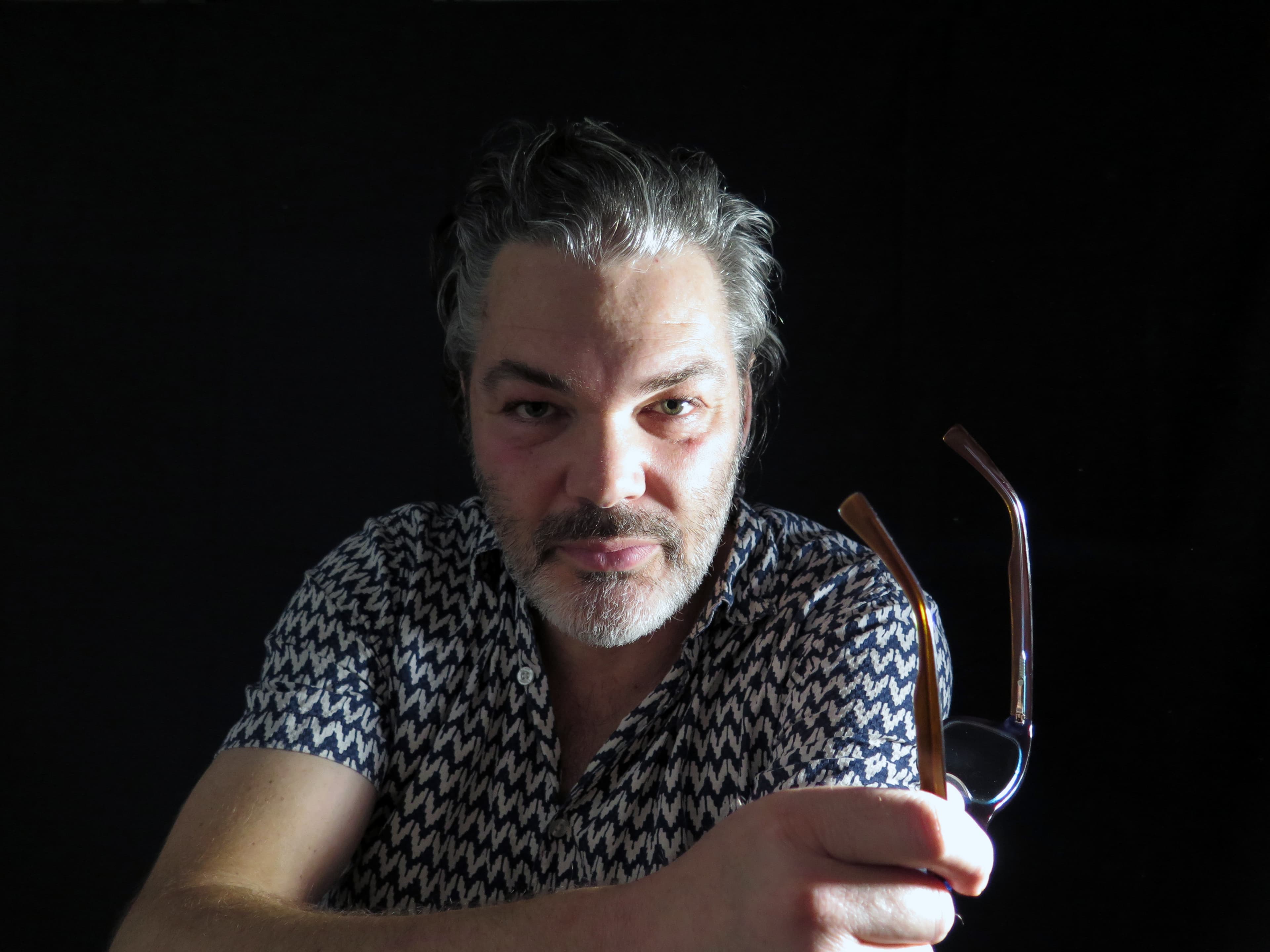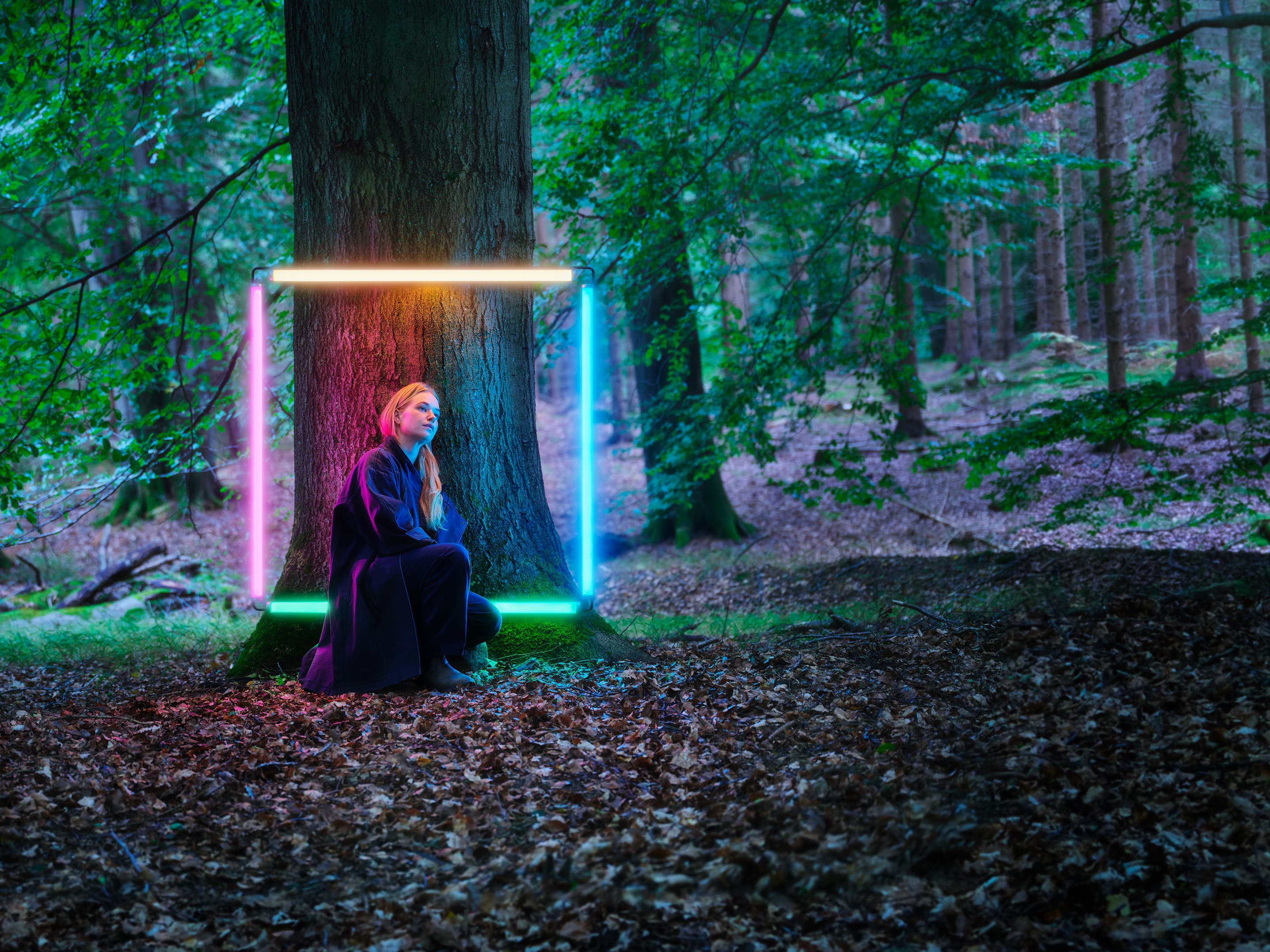
When Buildings Come Alive: The Future of Architecture May Be Grown, Not Built
What if our buildings could grow, adapt, and even repair themselves – just like living organisms? This is the vision behind Biohybrid Architecture.
By Anna Skovby Hansen
Imagine stepping into a home where the walls aren’t just built – they’re alive. Biohybrid architecture explores how materials like fungi and plants can become part of the buildings we live in. Here Professor Phil Ayres from the Royal Danish Academy shares his insights into what this future might look like – and why it’s not science fiction, but a real possibility already taking shape.
What is Biohybrid Architecture?
It’s an approach to building that uses living materials such as fungi and plants. It combines living organisms with static structures. Biohybrid architecture creates buildings that can grow, change, and adapt like nature itself.
What makes Biohybrid Architecture interesting?
»From a research perspective, it’s fascinating because it challenges many of our usual ideas about architecture – how we design it, how we build it, how we live in it, and what we expect from it. For those experiencing it, it can be just as exciting: much like watching the seasons change in a garden or landscape, you can imagine architecture that is always transforming. That continual change creates a unique and dynamic experience.«
Why should we build Biohybrid Architecture?
»Architecture acts as a mirror to our attitudes and values, both existing and aspirational. Biohybrid Architecture aims to offer a qualitatively different kind of architecture that reflects values of ecological connection, resource consciousness and regeneration.«
What kinds of materials are considered living materials?
»One example is fungi, which can be used to create new kinds of building materials. Researchers are also looking at other microorganisms, like bacteria. For instance, bacteria can trigger processes that produce very hard, stone-like substances like brick. What makes this special is that the material is formed through the activity of living organisms.«
Are there types of living materials we already use today?
»Yes. Mycelium-based materials are already used for things like acoustic panels, insulation, and even floor tiles. These products are starting to reach the market and enter our built environment.
But when it comes to materials that remain truly alive, we don’t see many examples yet. That’s because living materials are still unfamiliar to work with, and there are big barriers –especially in legislation and certification. Building rules are based on fixed states and properties, while living materials are dynamic and constantly changing.«

Photo: Phil Ayres About Phil Ayres
Phil Ayres is Chair Professor of Biohybrid Architecture at the Royal Danish Academy. His research explores how living organisms – such as fungi and plants – can be integrated in architectural construction by creating sustainable materials that grow, adapt, and repair themselves.
What can you build with fungi?
»So far, fungi have been used to make panels and insulation, which work well as infill materials. Right now, the material isn’t strong enough for main structural elements. But research is moving quickly, and it may not be long before grown materials like these are developed enough to be used in building structures.«
Will we be living in fungi houses in the future – like the Smurfs?
»It’s unlikely we’ll ever live in houses made entirely of fungi – architecture almost always uses a mix of materials. What is more realistic is that fungal materials will become common components, for example as panels or insulation. For that to happen on a larger scale, though, society, building culture, and regulations need to adapt. Once that happens, and people see the benefits, fungal materials could spread quickly.«
Is working with living materials more difficult than working with non-living materials?
»One of today’s big challenges is that we are running out of many core resources. Living materials offer another path: they grow by themselves, use resources in balance with the environment, and in that sense come “for free.” This makes them an exciting alternative to conventional, resource-intensive materials. But working with living materials also brings new responsibilities. They need care and maintenance – not like fixing a wall, but more like tending a garden.«
Can we talk about a new kind of aesthetics – how does Biohybrid Architecture look and feel?
»Architecture made with living materials looks different – and in many ways, it should. It’s not just about style, but about how aesthetics represents new values for society.
A key part of this new aesthetic is change. Living materials grow, transform, age, and eventually die. That’s very different from most modern buildings, which are expected to stay the same from the day they are finished. Biohybrid architecture instead embraces constant change and makes change part of its identity.«
Discover How Biohybrid Architecture Look
Mycelium-based materials are already used for things like acoustic panels, insulation, and even floor tiles.
The point isn’t to replace conventional architecture, but to add alternatives. Living architecture may not fit every purpose, yet it opens new ways of thinking about and experiencing buildings.
Architecture made with living materials looks different – and in many ways, it should.
If you had to convince a skeptic who thinks it all sounds like science fiction – what would you say?
»As researchers, part of our role is to take what might sound like science fiction and explore how it can be turned into science fact. The goal is not to promise fantastical futures, but to investigate real alternatives that can give us new choices in the face of the challenges we are dealing with – whether they are environmental, social, or related to climate change.«
How can alternative kinds of architecture offer different opportunities?
»The point isn’t to replace conventional architecture, but to add alternatives. Living architecture may not fit every purpose, yet it opens new ways of thinking about and experiencing buildings. These alternatives broaden what architecture can be and give us more options to meet different needs.«
When it comes to living materials, are they an infinite resource, or simply something we can keep reusing?
»No resource is truly infinite – not even the sun. But the seeds and spores of organisms like fungi and plants are extremely abundant. By allowing them to grow, we can create materials far more efficiently than today’s energy-intensive methods.
Living materials can also connect to a broader ecology: trees as structure, climbing plants as support, fungi as infill. Unlike conventional buildings, which are isolated from nature, living materials interact, share resources, and even “communicate.” This opens the door to imagining architecture with a kind of active intelligence.«
Do you think that if something is alive, we tend to have more respect for it?
»I would hope so, though it may not happen right away. Our cities shape our experience and behavior. They also very often cut off from nature. If we lived in environments where the living world was more present – and we could see how it directly supports our lives – we might reconnect with it. That could strengthen our empathy for the living world, which is also one of my hopes for the future.«
What are your hopes for biohybrid architecture?
»I hope that biohybrid architecture can broaden people’s perspective on what architecture can be. It encourages us to look beyond conventional wisdom and recognize that the world – and the practice – of architecture is a space where we can think radically about our built environment and how it might evolve in the future.«





